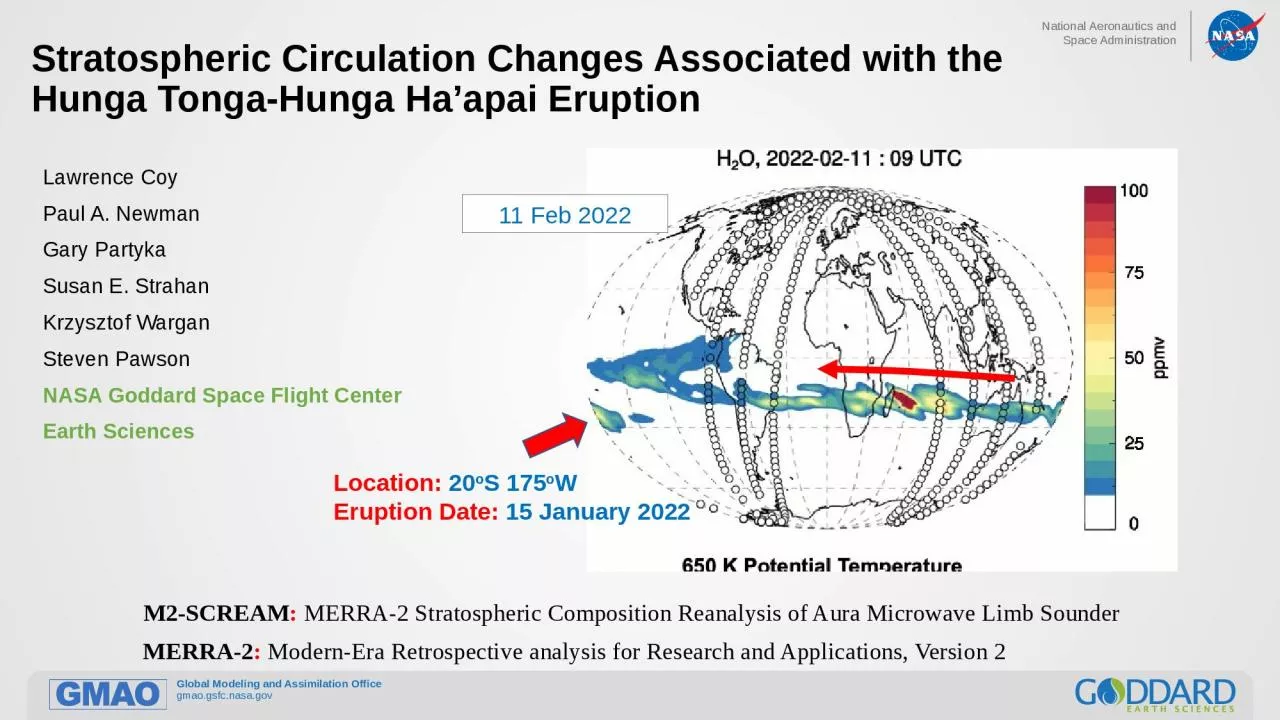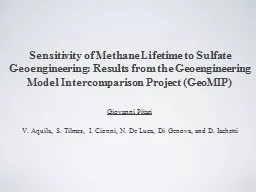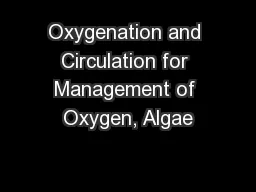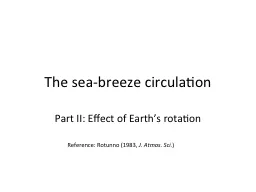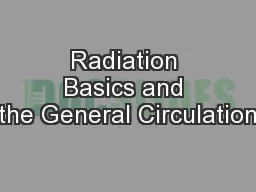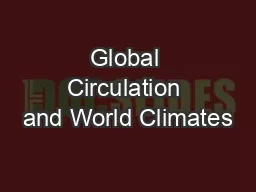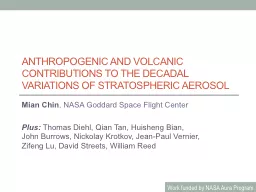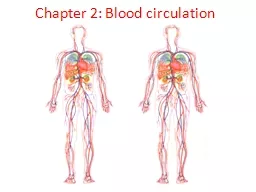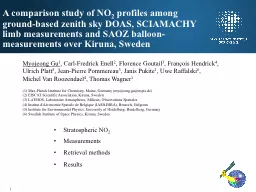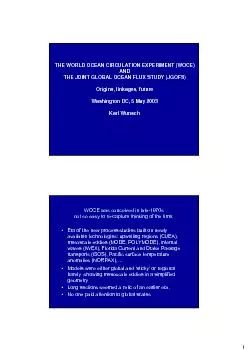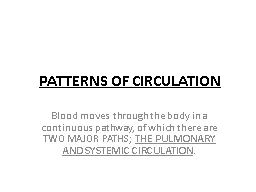PPT-Stratospheric Circulation Changes Associated with the
Author : linda | Published Date : 2024-02-02
Hunga Tonga Hunga Haapai Eruption Lawrence Coy Paul A Newman Gary Partyka Susan E Strahan Krzysztof Wargan Steven Pawson NASA Goddard Space Flight Center Earth
Presentation Embed Code
Download Presentation
Download Presentation The PPT/PDF document "Stratospheric Circulation Changes Associ..." is the property of its rightful owner. Permission is granted to download and print the materials on this website for personal, non-commercial use only, and to display it on your personal computer provided you do not modify the materials and that you retain all copyright notices contained in the materials. By downloading content from our website, you accept the terms of this agreement.
Stratospheric Circulation Changes Associated with the: Transcript
Download Rules Of Document
"Stratospheric Circulation Changes Associated with the"The content belongs to its owner. You may download and print it for personal use, without modification, and keep all copyright notices. By downloading, you agree to these terms.
Related Documents

